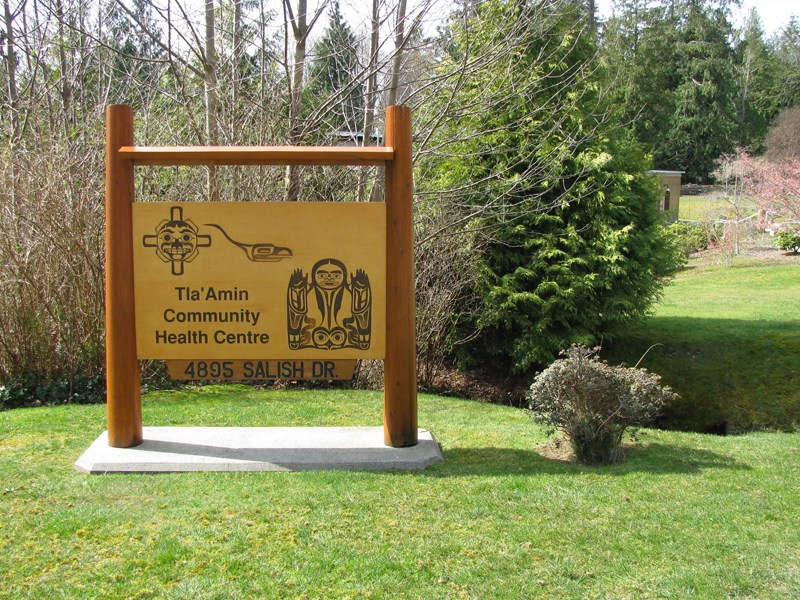Volumes of research and stories of truth and reconciliation are undeniable. Decisive social factors, including colonization and assimilation, systemic discrimination and racism, child apprehension, land dispossession, loss of tradition, language, and culture, the legacy of residential schools and intergenerational trauma have all impacted mental wellness and substance use in first nations across BC, including Tla’amin Nation.
In a grant application submitted to Vancouver Coastal Health, new Tla’amin health director Nathan Jantz said he has been gathering ideas from the community and is proposing a different approach to health care for indigenous people, one that needs to include their cultural traditions.
“A growing body of research is demonstrating the effect of indigenous ‘culture as treatment’ in mental wellness and substance use reduction,” stated Jantz in the application.
Jantz, who took over the job as the nation’s health director in January, recently submitted the application to Vancouver Coastal Health to create an Elder in Residence Program where younger generations will be taught cultural skills and traditions to support mental wellness and prevent substance abuse.
The battle against addiction and value of cultural healing is fully supported by Tla’amin hegus Clint Williams, who has seen firsthand how the interaction of elders with youth can be a positive force for social change that directly impacts overall mental wellness.
“I sat through a justice circle with some young individuals who did some vandalism in our community and I saw how powerful it was,” said Williams. “There was an elder in the circle and it really added to the discussion. It was a very powerful tool and it really helped those kids.”
Aboriginal Health Strategic Initiative grants are awarded for up to three years at $150,000 per year.
“It is a very large amount of money and can go a long way if we can fall within the criteria and have a good grant,” said Jantz. “It's a big opportunity.”
To qualify for the grant, projects must have a direct impact on community members, have measurable outcomes, and use indigenous practices as a main methodology.
“Successful projects will incorporate traditional approaches to healing as an option and be holistic, focusing on the expertise and knowledge of indigenous people and practices,” said Vancouver Coastal Health spokesperson Carrie Stephenson.
Tla’amin is not alone among first nations, where there is, on average, higher rates of mental health and substance use illnesses, according to Jantz.
Tla’amin and Powell River have been identified as having high rates of addiction and overdose.
The second component of the proposal would introduce aboriginal youth to cultural healing camps at School District 47’s Haywire Bay Outdoor Learning Centre.
The camps, which have tangible results in lasting sobriety across Canada, use traditional health methods shown “to have successful outcomes, and will have an immediate, lasting effect on our community,” stated Jantz in the Tla’amin program summary.
The proposal is a departure from the cultural collision caused when western medical and therapeutic practice became the sole framework for the wellness of indigenous people.
In the grant application, Jantz cited a 2009 study that stated the assault on first nations’ cultural identity “has played a significant role on the ill health of indigenous people and that the spirit has been wounded; healing activities need to include rebuilding the individual and collective identity of indigenous people.”



